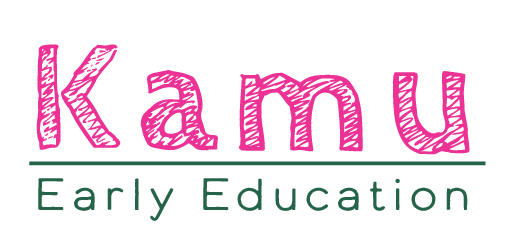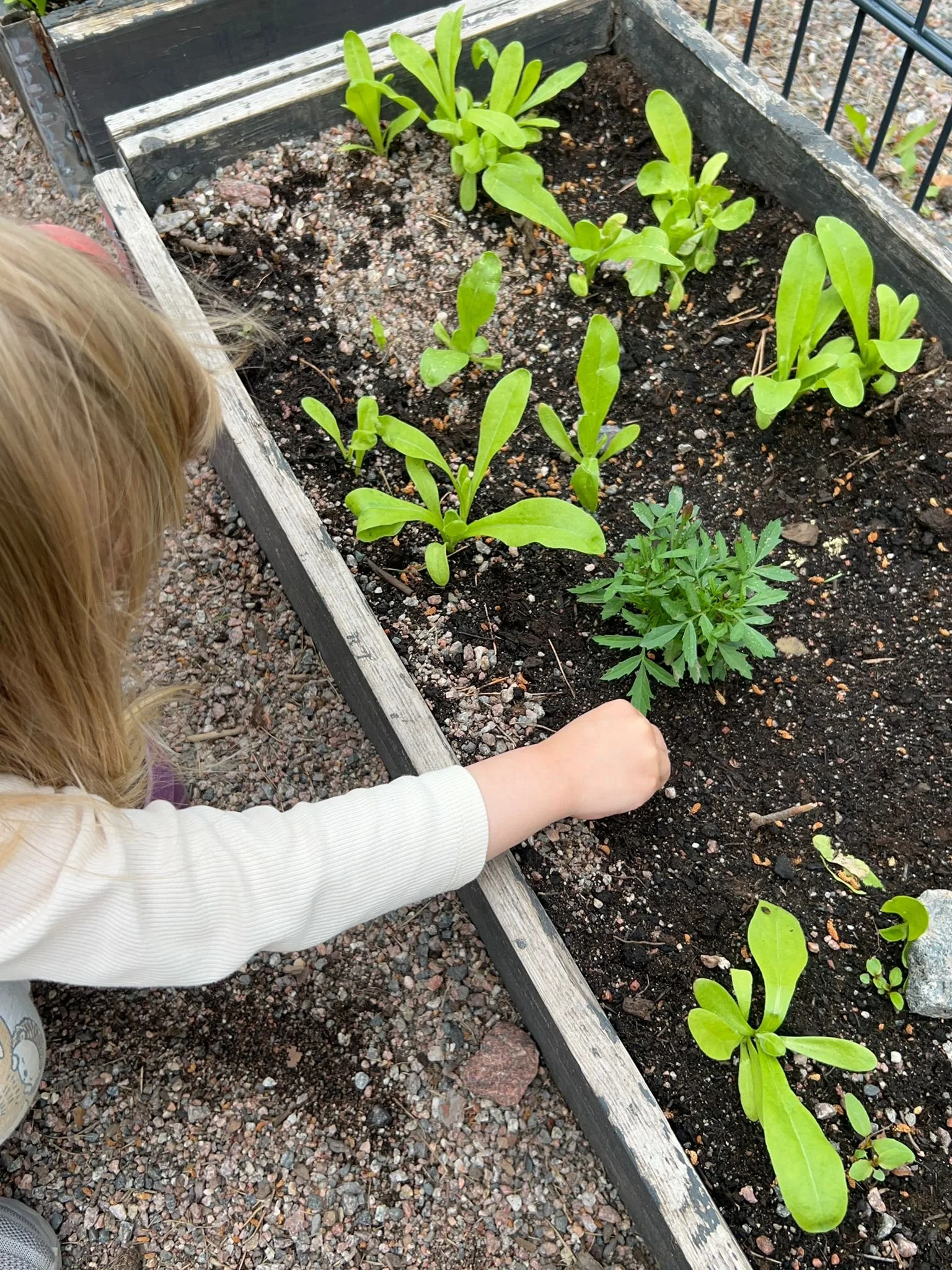How Is the Garden Experiment Going?
Back in June, we shared a blog post about starting a garden experiment. We placed three gardening boxes in our front yard and planted flower seeds together with the children. Now that we’ve returned from summer holiday, it was exciting to see how they’ve been doing!
Getting Started
In May, we introduced the boxes to the yard and talked with the children about their purpose. At first, the empty boxes seemed more like climbing frames than garden beds. That changed once the bags of soil arrived. We invited interested children to help fill the boxes, and soon a handful of helpers turned into a crowd. It became a lively group project that added excitement to our afternoon play.
Once the boxes were half-filled with soil, the temptation to dig was irresistible. Children scooped dirt into buckets, incorporating it into their play. While we wanted the boxes to be part of their exploration, we gently reminded them to leave enough soil for the seeds still to be planted.
When the weather warmed, we invited the children to sow seeds. They poked holes in the dirt with their fingers, placed a seed inside, covered it, and then took turns watering with a can—perhaps the most thrilling part!
The First Sprouts
After planting, most children lost interest—until tiny green shoots began to appear. Suddenly, the boxes became fascinating again. The children examined seedlings closely and noticed insects crawling on the soil. One exclaimed, “An ant! Take it away!” which led to a discussion about how many bugs are actually helpful for gardens, even the ones we can’t see because they’re underground. This sparked a bug-hunting frenzy, with hands diving into the soil in search of tiny creatures.
A Challenge for the Teachers
In digging for bugs, the children sometimes uprooted seedlings. This created a dilemma: should we stop them or let the experiment run its course?
At Kamu, our usual Garden Project teaches children to care for plants like rhubarb, tomatoes, strawberries, mint, carrots, and beans. We remind them not to pull or damage seedlings. But this experiment was different. Here, the goal was to give children free rein—to make the garden part of their play. If they pulled up plants, we’d simply plant more seeds.
That meant resisting our instinct to say, “Don’t do that!” Instead, we encouraged reflection:
“What do you think will happen if you dig up the seedlings?”
“Do you think the plants can grow if you pull them out?”
“What will happen if you take away their soil?”
These questions often made the children pause and reconsider. Some even became protective of the garden, alerting teachers when others pulled flowers. We’d reply, “What do you think?” and encourage them to share their views directly. Peer-to-peer guidance often worked better than adult instructions.
Lessons Learned
Did this approach always work? Not entirely—but it sparked valuable conversations about caring for plants and nature. Over time, more children began showing empathy toward the garden and helping others do the same.
This experiment has been a joy, and we plan to continue it every year. Our hope is that the children will grow to respect plants, develop a love for caring for nature, and pass those values on to others.
































